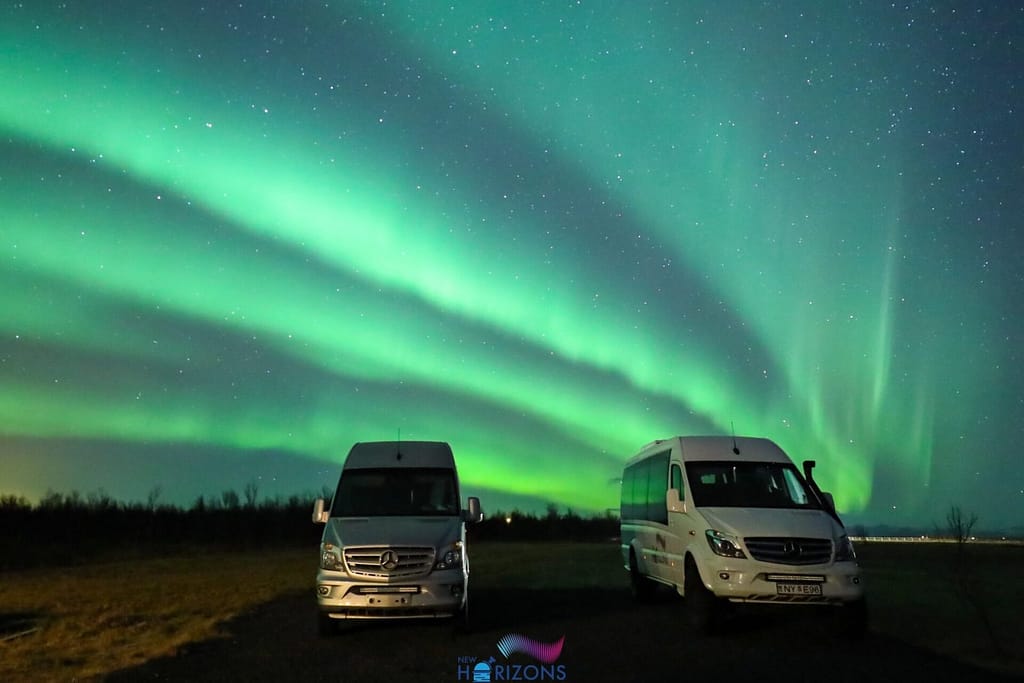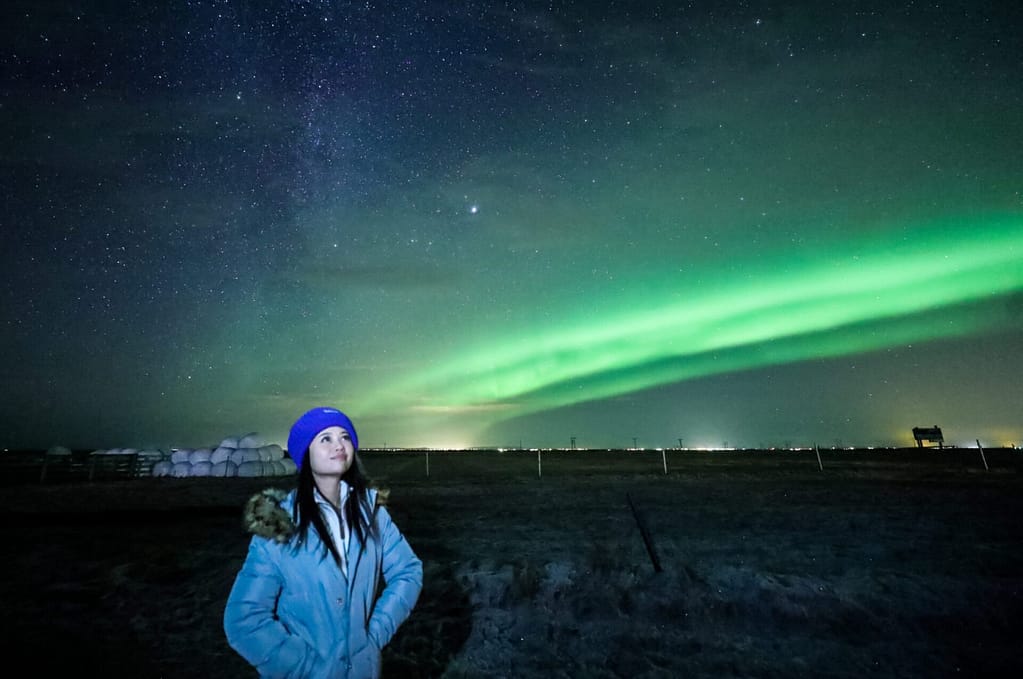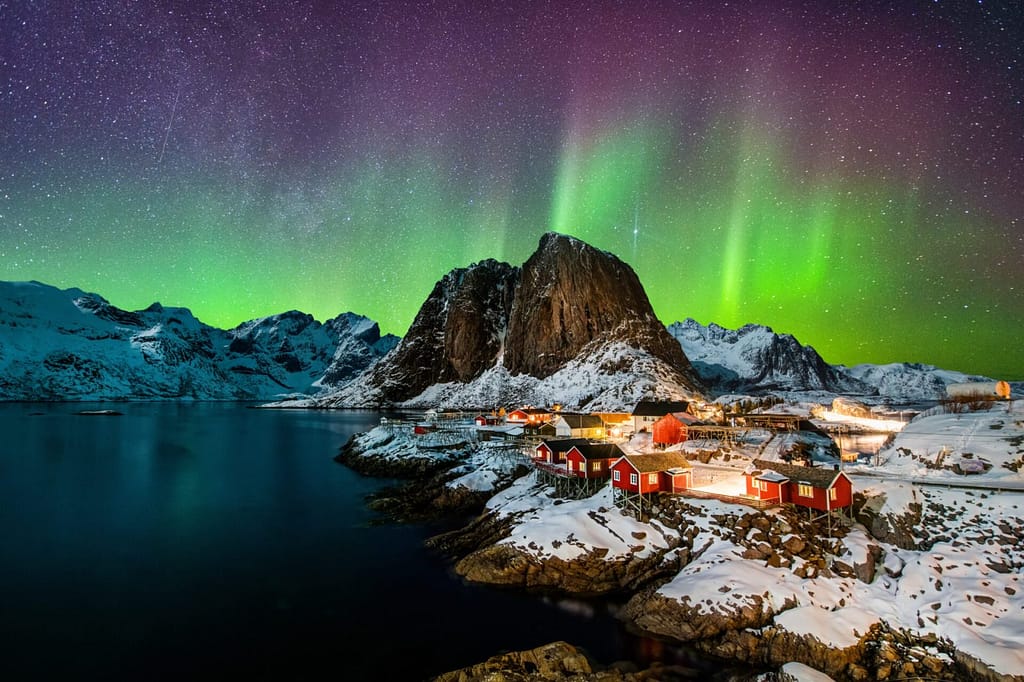In the vast and mesmerizing Arctic skies, a celestial spectacle unfolds. The Northern Lights, also known as the Aurora Borealis, dance and weave their luminous tapestry, casting an ethereal glow upon the frozen landscapes below. For those who seek this enchanting display of nature’s artistry, we present a guide to help you navigate the realms of chasing and capturing the elusive Northern Lights. Brace yourself for an extraordinary adventure under the celestial canopy.
Know the Optimal Time and Location:
To maximize your chances of witnessing the Northern Lights, it is crucial to choose the right time and location. The best time to observe the Aurora Borealis is during the winter months, from September to March, when darkness prevails in the northern latitudes. Opt for locations far from city lights, where light pollution is minimal, such as remote areas or dedicated Northern Lights viewing spots.

Keep an Eye on Solar Activity:
Understanding solar activity is key to predicting Northern Lights displays. Monitor the Space Weather forecasts, which provide information on solar flares, coronal mass ejections (CMEs), and geomagnetic storms. Increased solar activity, particularly a high Kp index, significantly enhances the chances of witnessing vibrant and dynamic Aurora displays.

Stay Patient and Be Flexible:
The Northern Lights are a natural phenomenon, and their appearance is unpredictable. Be prepared to spend several nights chasing the Aurora, as the lights may come and go without warning. Practice patience and maintain flexibility in your itinerary, allowing yourself ample time to wait for optimal conditions and clear skies.

Check Weather Conditions:
While clear skies are ideal for Northern Lights viewing, weather conditions can change rapidly. Regularly check weather forecasts for your chosen location and plan your outings accordingly. Cloudy skies can obstruct the view, but sometimes gaps in the clouds reveal breathtaking glimpses of the Aurora, adding an element of mystery and unpredictability to the experience.

Seek Dark and Remote Locations:
Light pollution can diminish the visibility of the Northern Lights. Venture to remote and dark locations, away from urban areas, to enhance your chances of witnessing a vivid display. Consider exploring national parks, mountains, or lakeshores, where natural beauty and minimal light pollution converge.
Capture the Magic:
To immortalize your encounter with the Northern Lights, equip yourself with a camera capable of capturing long exposures and low-light conditions. Use a sturdy tripod to keep your camera steady during long exposure shots. Experiment with different camera settings, such as a wide aperture and high ISO, to capture the intricate details and vibrant colors of the Aurora.
Embrace the Moment:
While capturing stunning photographs is undoubtedly rewarding, remember to take a moment to immerse yourself fully in the experience. Witnessing the Northern Lights is a soul-stirring encounter with nature’s grandeur. Absorb the celestial ballet, breathe in the crisp Arctic air, and allow yourself to be enchanted by the mesmerizing dance of light.

The Northern Lights, a celestial masterpiece of unparalleled beauty, beckon intrepid souls to chase their elusive glow. Armed with the knowledge of optimal timing, remote locations, and patience, you embark on a quest to witness nature’s most captivating light show. As you venture into the Arctic night, keep your eyes to the skies, let your spirit soar, and prepare to be awe-struck as the mystical Northern Lights unveil their ethereal secrets, forever etching their magic into your heart and soul.
